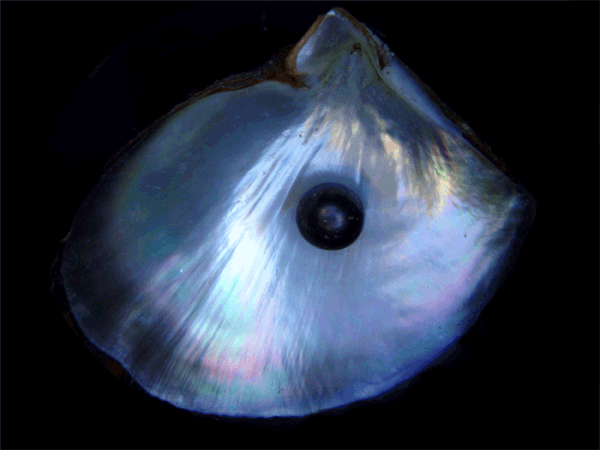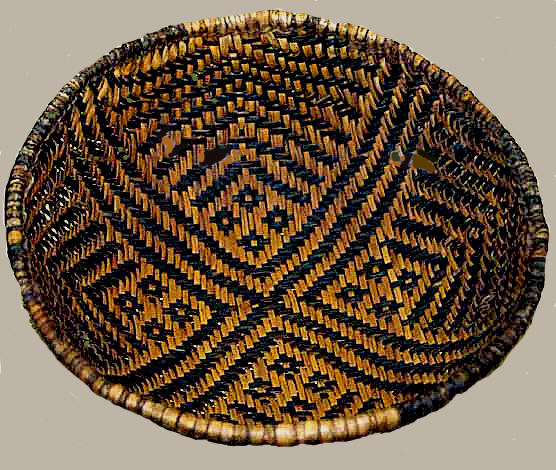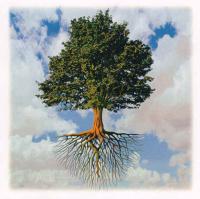Serendip is an independent site partnering with faculty at multiple colleges and universities around the world. Happy exploring!
Serendip is an independent site partnering with faculty at multiple colleges and universities around the world. Happy exploring!



Comments
what we saw in the image of the floating tree
when we looked @
we saw
clouds
floating
life
family
roots that nurture
uprooted tree
growing grasping
unattached
unsupported
fiction
Escher
not even the sky is the limit
balance between roots and foliage
unnatural
winter/summer
vertigo
paradoxically abstract
abundance
illumination
connectedness
gathering storm
rising
square frame
screen
asymmetry
photograph in a box
wholeness
unconnected
exposed
reveal
waiting
anomaly
beauty
echo
and when we looked again, we did NOT see
earth
dirt
soil
grass
birds
shade
sun
reality
people
its story
the artist
attachment
it's silent: no sounds
other times of day
airplanes
balloons
change: it's static
weight
spring and fall
words
What is in your basket of doubt?
not getting hurt, protecting myself, not being gullible
the basket is disingenuous, pretending to doubt, “because it is after all a basket of doubt.” It is a basket of analysis, of critique, of acceptance. In it is “the apple of shame, the orange of embarrassment, the banana of regret. It is a brightly colored basket.”
The basket was empty for a long time; I was not permitted to put anything in it: so many certainties I was not permitted to question, which now fill it: how big is God's love? why blame God?
fear, negativity, limits, dryness, realism, inter-compass, courage, a way of doing nothing or something smart, asking great questions, or not settling for what you're told
How -- (useless, stupid, fat, awkward, dense, unlovely) can I be? All these negative descriptions can move together to form my pattern. To change the design by changing the adjectives would destroy the basket. Scary.
Doubts that I struggle with: a historical personal God, the afterlife, world and humanity in a positive evolutionary growth.
My doubt comes from three sources. In my journalism career, and as a critical academic, I was scrutinizing sources, verifying, finding holes, exposing them, not being trusting. As a professor @ a Franciscan college, I was questioning tradition and teaching my students to do the same. As a creative writer, doubt was a way of imagining alternatives.
I have a series of related questions; the basket never gets less full.
I am just riding and riding with an overflowing basket of fireflies, nearly lighting me up, seeping into my eyes, nose, body, illuminating me by the fine fire, elusive and illuminated.
A specific item in my doubt basket right now: A New Kind of Christianity, on how to read the Bible, threw some doubt into what I thought I knew.
“I doubt that I matter to you. I doubt that I can let you matter to me. I doubt that God inhabits your inner space. I doubt that we have much in common.”
In my basket are a set of tools: flashlight, googles, mask, something to check for radiation--things to stay safe. A pen and pad to write about the experience, a cell phone to talk about it, a bubble of silence.
Doubt comes from experience. It could be disappointment about a job, a dress that doesn't fit, a role or position that doesn't work any more, all of which I'm determined not to repeat. It follows the initial glint of desire. I do not want to repeat an unsatisfactory experience.
Thorns, dust, distance, locks…."The bad (?) news: The key to the universe hasn't been found, despite extensive and continuing searches in all suspected places. The good news: It isn't locked." There’s a lock in the basket; doubt could be the key.
I doubt a lot; I go through this a lot, preparing students to engage in social justice; believe that you can be a part of it, don't buy all of it….
In the basket, it’s just turtles all the way down: each discovery provokes a new question. So the basket of doubt—questioning what is—is also the basket of faith—knowing that, always, there is something more.
Post new comment